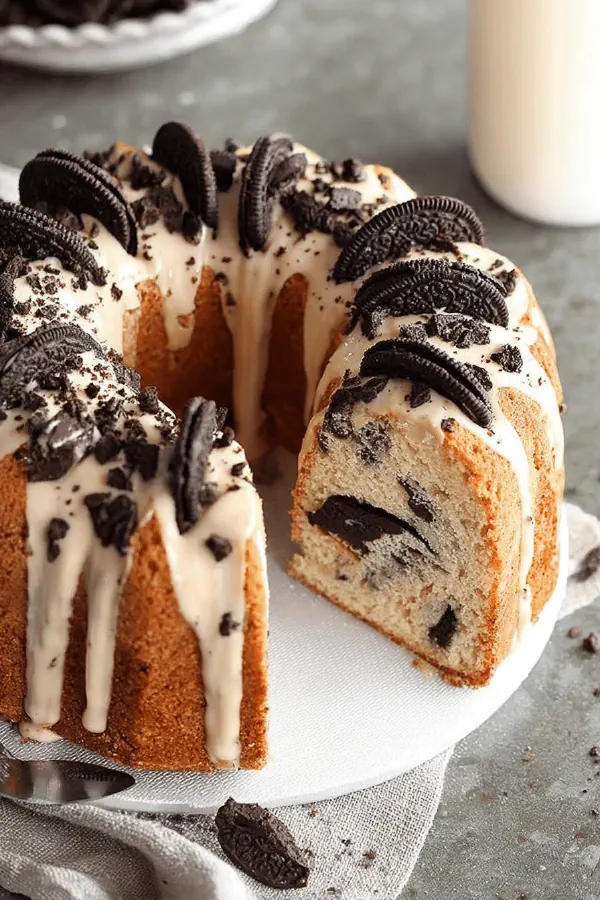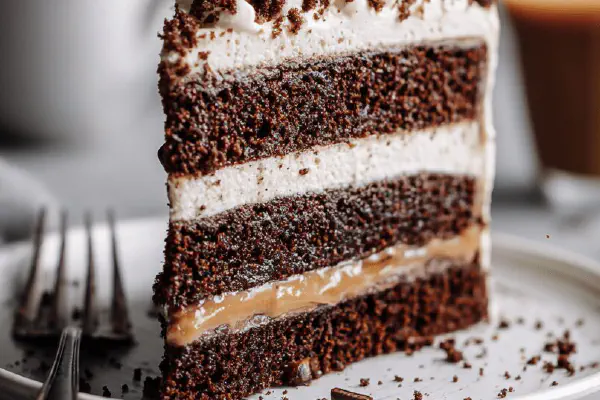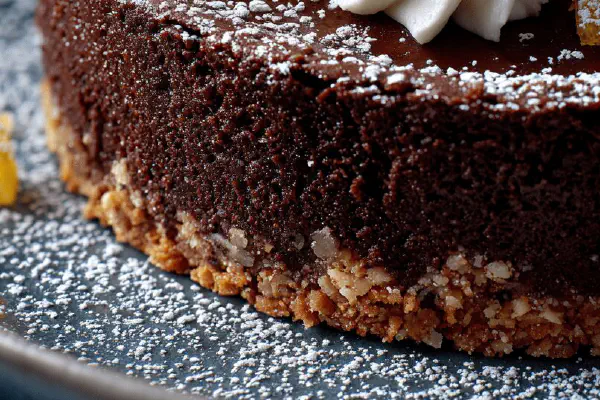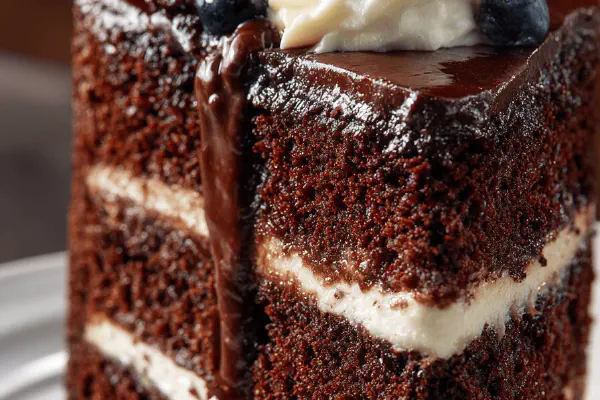Featured Recipe
Oreo Cream Cheese Pound Cake

By Kate
"
Dense pound cake with crushed Oreos folded in. Uses cream cheese instead of shortening, half and half swapped for whole milk. Cold oven start keeps edges even. Almond and vanilla extracts boost aroma. Glaze with powdered sugar and milk for gloss and sweetness. Bundt pan holds 10 to 12 cups, greased and dusted with flour for easy release. Bake until cake shrinks from sides and toothpick test is clean. Cool slightly before unmolding to avoid sticking. Drizzle glaze and scatter remaining Oreo bits on top for texture contrast.
"
Prep:
30 min
Cook:
65 min
Total:
95 min
Serves:
12 servings
dessert
cake
chocolate
baking
Introduction
Forget just dumping batter into an oven already hot. Placing the cake pan in a cold oven shapes how heat transfers—slow rise, even crust, less dome. Trade shortening for cream cheese to add tang and moisture, a smart move in summer when butter alone feels heavy. Whole milk over half and half cuts fat but keeps creaminess. Folding in crushed Oreos last keeps pieces intact, providing those delightful little cookie bites throughout. The scent of almond and vanilla extracts is subtle but you notice the kitchen suddenly smells like a bakery. Best to judge doneness by cake shrinking from pan and that toothpick test rather than minutes alone. Cooling time matters—too quick and cake sticks, too long and it crumbles. Whisk a simple glaze to shine and sweeten, drizzle, then top with more cookie crunch for layered texture. Real baker know-how with foolproof steps and timing cues.
Ingredients
About the ingredients
Using cream cheese in place of shortening changes texture—adds a bit of tang and richness but softens crumb. Butter must be softened but not melted; room temp is key to trapping air. Whole milk works well here, it’s less dense than half and half but keeps moisture. For flour, sifted all-purpose is best to prevent clumps—no one wants dry streaks. Almond extract is optional but recommended for subtle depth; vanilla alone can feel flat. Oreo cookie pieces should be broken by hand or with quick pulse in a food processor—too fine and they vanish, too chunky and they sink to bottom. For glaze, adjusting milk quantity controls thickness—too runny and it drips off, too thick and it won’t spread. Bundt pan greasing with butter and floured well avoids sticky messes—if cake stubbornly resists, a thin offset spatula or knife gently loosens edges before flipping.
Method
Technique Tips
Cold oven start controls rise and crust. Butter and cream cheese creaming stage is critical: properly aerated batter means lighter texture despite density. Eggs added slowly prevent curdling, which ruins smooth batter. Alternating flour and milk ensures even hydration and mixing; rushing this can cause clumps or doughy spots. Scraping the bowl mid-way avoids streaks of dry flour that cause inconsistent crumb. Folding Oreos last protects chunks from breaking down and overmixing. Visual cues trump exact time: when cake shrinks slightly from sides and toothpick comes out mostly clean, it’s done. Remove cake carefully after minimal cooling—overstaying in pan risks sogginess but flipping too soon risks breakage. Glaze should be whisked to remove lumps, poured while cake is cool to adhere properly. Store on counter loosely covered; refrigeration dries dense cakes quickly. If cake falls apart when unmolding, chilling for 10 minutes before flipping can help next time.
Chef's Notes
- 💡 Room temperature butter crucial. Soft but not melted. Cream for 4-5 minutes until light and fluffy. Traps air. Adds lift. Dense but airy cake.
- 💡 Don't rush egg addition. One at a time. Mix well. Keep batter smooth. Change texture if added all at once. Better structure.
- 💡 Flour and milk alternation key. Start and end with flour. Prevents lumps. Scrape sides halfway through: avoids surprises later.
- 💡 Cold oven start alters heat distribution. Slower rise helps prevent doming. Cake’s edges set evenly. Important for even bake.
- 💡 Glaze consistency matters. Adjust milk for thickness. Too runny? It drips away. Too thick? It won’t spread well. Find balance.
Kitchen Wisdom
How can I avoid a sticky cake?
Grease pan well. Butter and flour blend is crucial. Coat every area. Avoid sticking chaos while unmolding.
Why did my cake collapse?
Overmixing can cause it. Watch batter texture. Also, don’t rush oven removal. Wait a few minutes.
Storing leftovers?
Keep on counter, loosely covered. Avoid fridge. Might dry out. Wrap in foil for short-term freshness. Best enjoyed soon.
Can I change the milk?
You can use half-and-half. Adjust richness. Whole milk also works. For lighter, try almond or soy milk alternatives.



